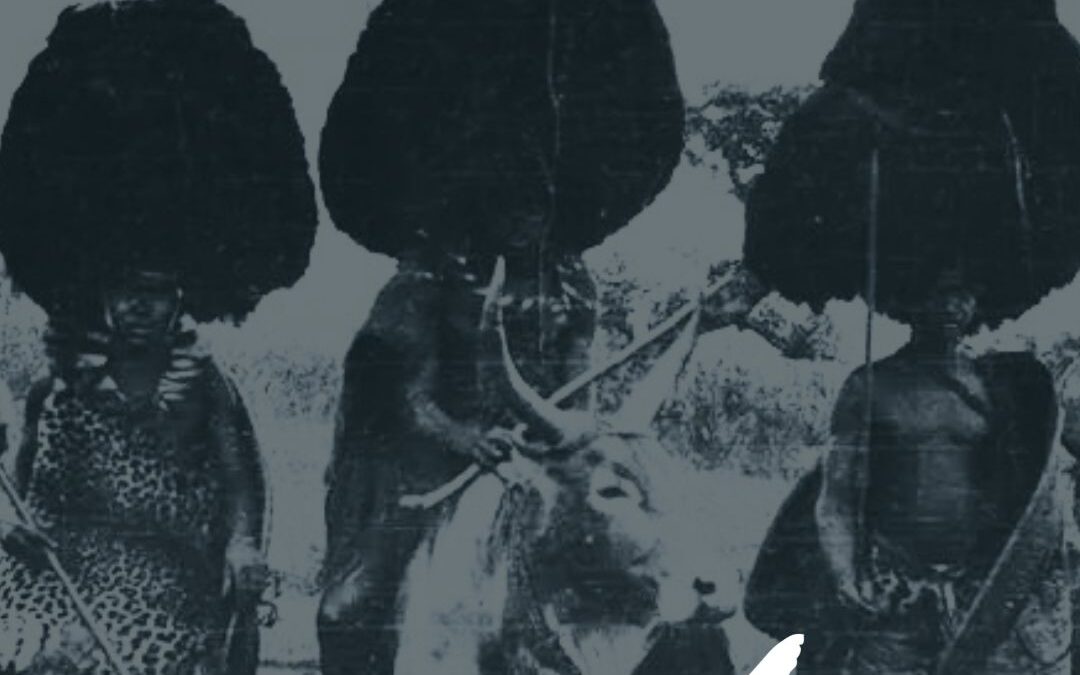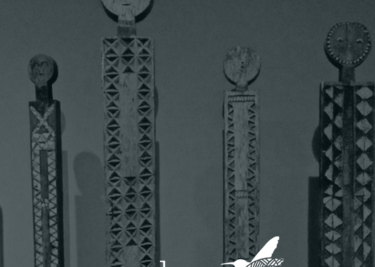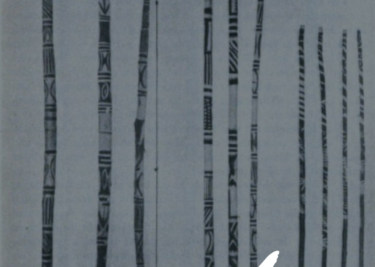Luo Initiation Rites

For the Luo community, initiation was a time to put adolescent endurance and courage to the test. This was evidenced by the main initiation practice called nego which was to remove six front teeth from the bottom jaw. Both boys and girls between the ages of 12 and 18 underwent this procedure. Braving through the extraction of these teeth was seen as a way of separating children from adults and even accorded one status in Luo society.
Often, the initiation would be held at the marketplace by a tooth cutter. The searing pain that came with this procedure meant some opted to slink away. Others stepped up to the challenge concluding that avoiding the pain was not worth being ostracised. In fact, when time came to choose suitors, those with their teeth intact were looked over. The missing teeth came with a sense of belonging and gratification.
The designated teeth cutters would also entice those willing to undergo the rite with food, grains and even money. They would also speak extensively about the significance of their work. As part of the ritual, the initiates were not allowed to visit the hospital for treatment, so they relied on potassium permanganate for pain. As the operation began, the teenagers would be handed this solution to douse their gums in. The cutter would then use a traditional teeth-uprooting tool that resembled a screwdriver to remove the six teeth. Later on, pliers became widely used as opposed to the traditional tool. Afterwards, potassium permanganate would be given as pain relief. Any children who died before having their teeth removed would have one tooth pulled out from their lower jaw.
The practice served other purposes outside of testing one’s mettle. It also guarded against the possibility that a community member developed lockjaw disease – otherwise known as tetanus – and failed to swallow medication. One of the markers of this illness was the tightening of the jaw – a condition that made swallowing and even breathing a near impossible task. This meant that those who befell this unfortunate fate were unable to take herbal mixtures said to cure the disease. Medication would therefore be administered through the six-toothed gap that Luo people acquired. The gap meant that not a single drop of medication was wasted and the ill would not starve while fighting off the infection.
Even beyond this, the unmistakeable gap was a way of recognising fellow community members. In the case of an accident where bodies may have been unidentifiable, the missing teeth would serve as a clear indication that the affected was a family member.
Though the practice dwindled towards the 1960s, it is possible to spot some older members of the Luo community with gaps acquired in their youth.
Tell us what other Nilotic rites you know of and find out about Luo naming rites here!
#KeRites



